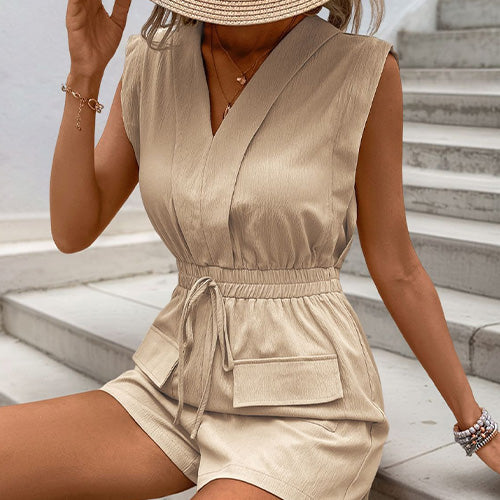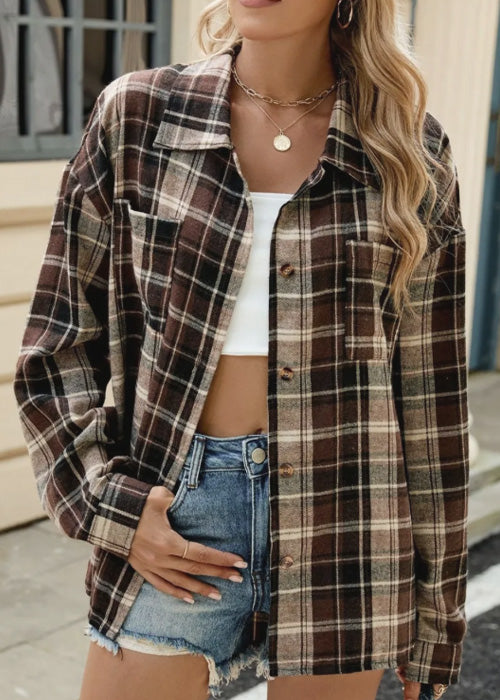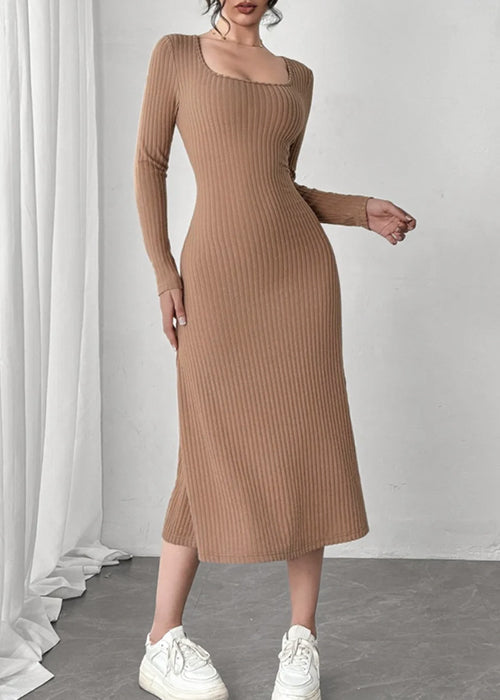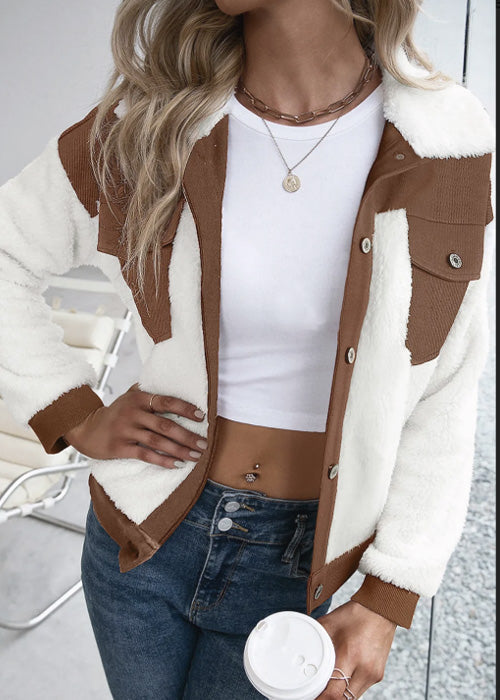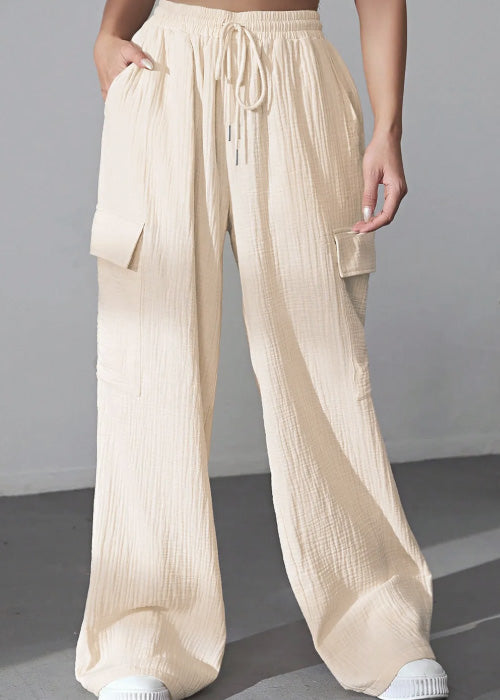Bamboo fabric is rapidly gaining popularity in the fashion industry for its eco-friendly production, luxurious softness, and versatile applications. Perfectly blending style with sustainability, bamboo fabric has become a go-to material for women’s clothing. In this article, we’ll explore the fascinating history of bamboo, its production process, unique properties, care tips, and its advantages and disadvantages. Additionally, we’ll highlight why bamboo fabric is an excellent choice for your wardrobe and share interesting facts about this innovative material.
The Origins of Bamboo Fabric: From Nature to Couture
Bamboo has been cultivated for thousands of years, primarily in Asia, where it is used for everything from construction to cooking. While its use as a textile is relatively recent, bamboo fabric has quickly revolutionized the fashion world.
The concept of bamboo as a fabric began in the late 20th century, with technological advancements allowing its fibers to be processed into soft, wearable textiles. Known for its environmental benefits and luxurious feel, bamboo fabric has become synonymous with modern sustainable fashion.
How Bamboo Fabric is Made
Bamboo fabric is derived from the fast-growing bamboo plant, which thrives without the need for pesticides or fertilizers. The process involves harvesting bamboo stalks, which are then broken down into a pulp.
There are two primary methods of creating bamboo fabric:
- Mechanical Process: Bamboo fibers are mechanically crushed, then spun into thread. This method produces natural bamboo linen but is labor-intensive.
- Chemical Process: Bamboo is processed with non-toxic solvents to create a viscose or rayon material. This method yields a softer and more versatile fabric, commonly used in women’s fashion.
Both methods emphasize sustainability, with many manufacturers adopting eco-friendly practices to reduce environmental impact.
Bamboo Fabric in Women’s Clothing
Bamboo fabric is celebrated for its silky softness and natural sheen, making it ideal for creating elegant dresses, comfortable loungewear, and versatile basics. It is breathable and moisture-wicking, making it perfect for warm climates or active lifestyles.
At our store, we prioritize high-quality bamboo garments designed to combine luxury and sustainability. From flowing blouses to chic casual wear, bamboo fabric effortlessly elevates your wardrobe while caring for the planet.
Properties of Bamboo Fabric
Bamboo fabric offers a range of impressive properties:
- Softness: Comparable to silk, bamboo fabric feels incredibly smooth against the skin.
- Breathability: Its natural fibers allow air to circulate, keeping you cool and fresh.
- Moisture-Wicking: Bamboo absorbs moisture and quickly evaporates it, ideal for activewear.
- Hypoallergenic: Gentle on sensitive skin, bamboo fabric is free from harsh chemicals.
- Antibacterial: Naturally resists odors and bacteria, keeping clothing fresher for longer.
- Eco-Friendly: Bamboo is a renewable resource, making it a sustainable choice for fashion.
Caring for Bamboo Clothing
Taking care of bamboo fabric ensures it maintains its luxurious feel and longevity:
- Washing: Use cold water and a gentle cycle. Avoid bleach or harsh detergents.
- Drying: Air dry flat or tumble dry on low heat. High heat can weaken bamboo fibers.
- Ironing: Use a low-temperature setting or steam to remove wrinkles.
With proper care, your bamboo garments will remain as soft and vibrant as the day you bought them.
Advantages and Disadvantages of Bamboo Fabric
Advantages: Bamboo fabric is soft, breathable, and eco-friendly. Its moisture-wicking and antibacterial properties make it perfect for both active and casual wear.
Disadvantages: Bamboo viscose production involves chemical processing, which some consider less eco-friendly than the mechanical method. Additionally, bamboo fabric may shrink slightly if not washed properly.
Why Choose Bamboo Fabric?
Bamboo fabric is more than a trend—it’s a sustainable solution for the modern wardrobe. Its combination of luxurious comfort and environmental responsibility makes it a top choice for women seeking high-quality, eco-conscious clothing. Bamboo garments are versatile, offering a perfect balance of elegance and practicality.
Our bamboo collection features pieces designed to enhance your style while respecting the planet. Whether you’re dressing up for an event or embracing casual chic, bamboo fabric ensures you look and feel your best.
Interesting Facts About Bamboo Fabric
- Bamboo grows incredibly fast—some species can grow up to 35 inches in a single day.
- It requires significantly less water to grow than cotton, making it more sustainable.
- Bamboo plants release 35% more oxygen into the atmosphere than an equivalent stand of trees.
- Bamboo fabric is naturally resistant to UV rays, offering protection from the sun.
- Its antibacterial properties come from "bamboo kun," a natural bio-agent in the plant.
- Unlike synthetic fabrics, bamboo decomposes naturally, reducing textile waste.
- Bamboo has been used in traditional Chinese medicine for centuries due to its healing properties.
Sustainability and Bamboo Fabric
Bamboo’s eco-friendly reputation stems from its rapid growth, minimal resource requirements, and ability to regenerate naturally. Innovations in processing methods aim to balance production efficiency with environmental responsibility. Choosing bamboo fabric supports a sustainable fashion industry while promoting ethical consumerism.
Final Thoughts
Bamboo fabric embodies the perfect synergy of luxury, sustainability, and practicality. Its softness, durability, and eco-friendly qualities make it a standout choice for women’s fashion. By adding bamboo pieces to your wardrobe, you’re investing in timeless style and contributing to a healthier planet.
Explore our bamboo collection and discover garments that celebrate elegance and sustainability. Designed for modern women, these pieces combine comfort, style, and a commitment to the environment.
